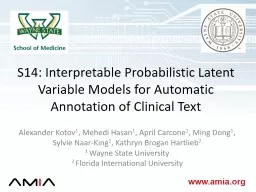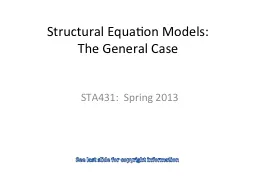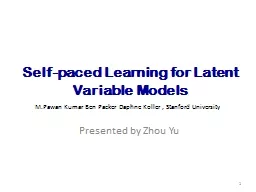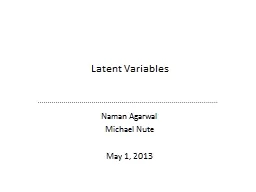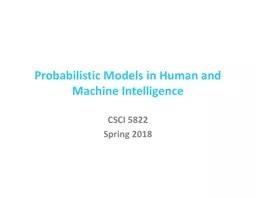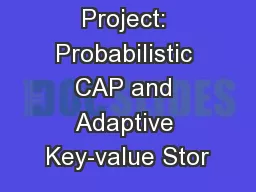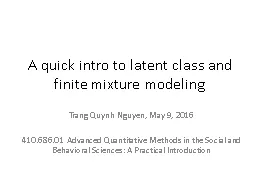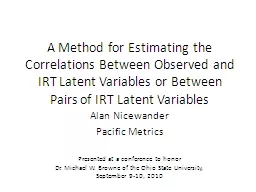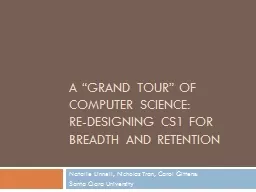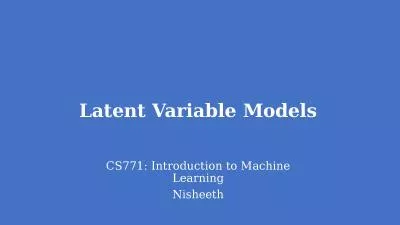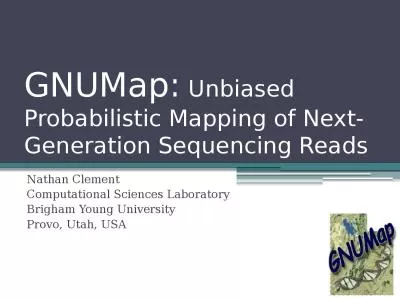PPT-S14: Interpretable Probabilistic Latent Variable Models for
Author : luanne-stotts | Published Date : 2017-05-08
Alexander Kotov 1 Mehedi Hasan 1 April Carcone 1 Ming Dong 1 Sylvie NaarKing 1 Kathryn Brogan Hartlieb 2 1 Wayne State University 2 Florida International
Presentation Embed Code
Download Presentation
Download Presentation The PPT/PDF document "S14: Interpretable Probabilistic Latent ..." is the property of its rightful owner. Permission is granted to download and print the materials on this website for personal, non-commercial use only, and to display it on your personal computer provided you do not modify the materials and that you retain all copyright notices contained in the materials. By downloading content from our website, you accept the terms of this agreement.
S14: Interpretable Probabilistic Latent Variable Models for: Transcript
Download Rules Of Document
"S14: Interpretable Probabilistic Latent Variable Models for"The content belongs to its owner. You may download and print it for personal use, without modification, and keep all copyright notices. By downloading, you agree to these terms.
Related Documents

